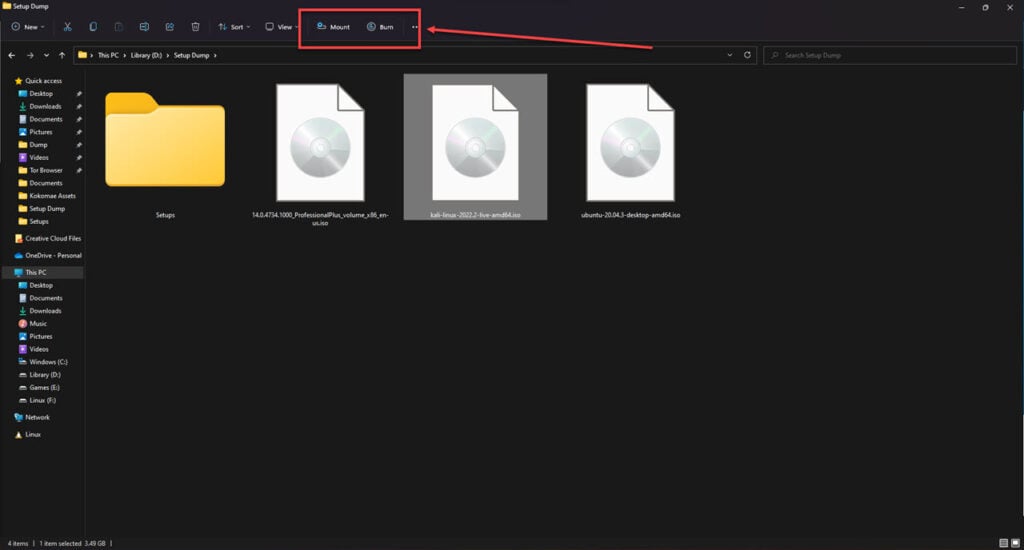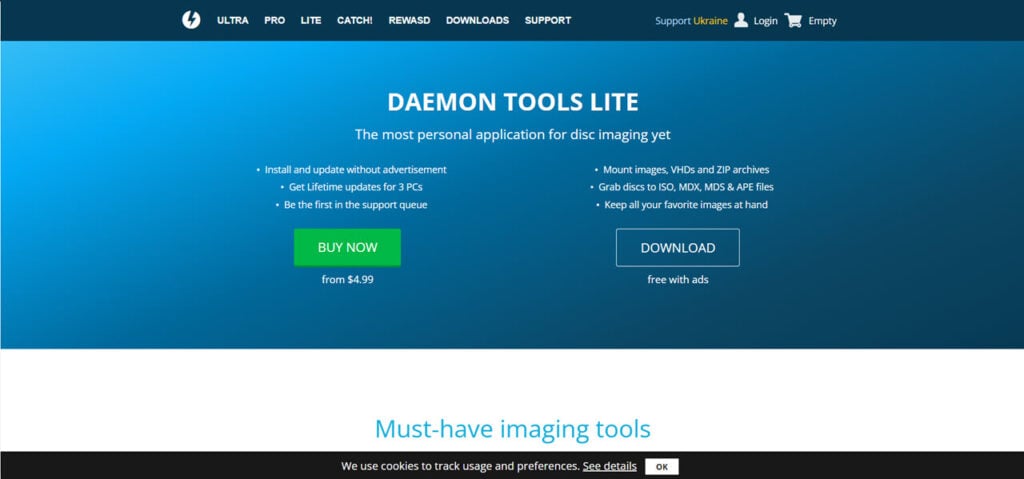ISO files are a popular way to convert disc drives into digital files that can be mounted as and when required and treated like virtual disk drives. It’s a great way to move and store things that would generally be on disc drives like games or operating systems.
That said, opening ISO files on Windows usually used to require some sort of third-party program. Starting with Windows 8.1 however, the operating system now supports ISO files out of the box meaning creating and accessing ISO files is as simple as double-clicking one.
In this article, we’re going over ISO files in Windows 11 and covering everything you need to know.
Also read: USB power management in Windows 11 explained
ISO files and Windows 11
Just like its predecessors, Windows 11 also supports ISO files right out of the box with no additional third-party program required. You can still use a third-party program for advanced functionality, but Windows has all the basics covered for you.
Using ISO files in Windows without additional software
As mentioned above, mounting ISO files in Windows is as easy as double-clicking the file and it’ll show up in File Explorer as a CD drive. That said, there are numerous other ways you can mount ISO files in Windows.
- Using the Mount option in the right-click context menu.
- Using the Mount option in the toolbar.
- Using Windows Powershell.

While the first two methods are quite self-explanatory. Mounting an ISO drive with PowerShell requires the following command.
Mount-DiskImage -ImagePath "enter path here"As soon as you press enter after typing the following command, Windows will mount the drive and it’ll show up as a CD drive in Windows Explorer.
Using ISO files with third-party tools
If you’d rather use third-party tools, we recommend using either Daemon Tools Lite or WinCDEmu. Both these tools are available to download for free and will allow you to mount ISO, MDX, MD5 and APE files among other popular virtual disk extensions as well as VHDs and ZIP archives.

Additionally, you can also use these tools to grab physical disks to ISO and other virtual disk formats. Last but not least, these tools also let you manage your virtual images and keep them handy for future use.
Also read: Windows 11 Pro vs Home: 6 Key Differences






